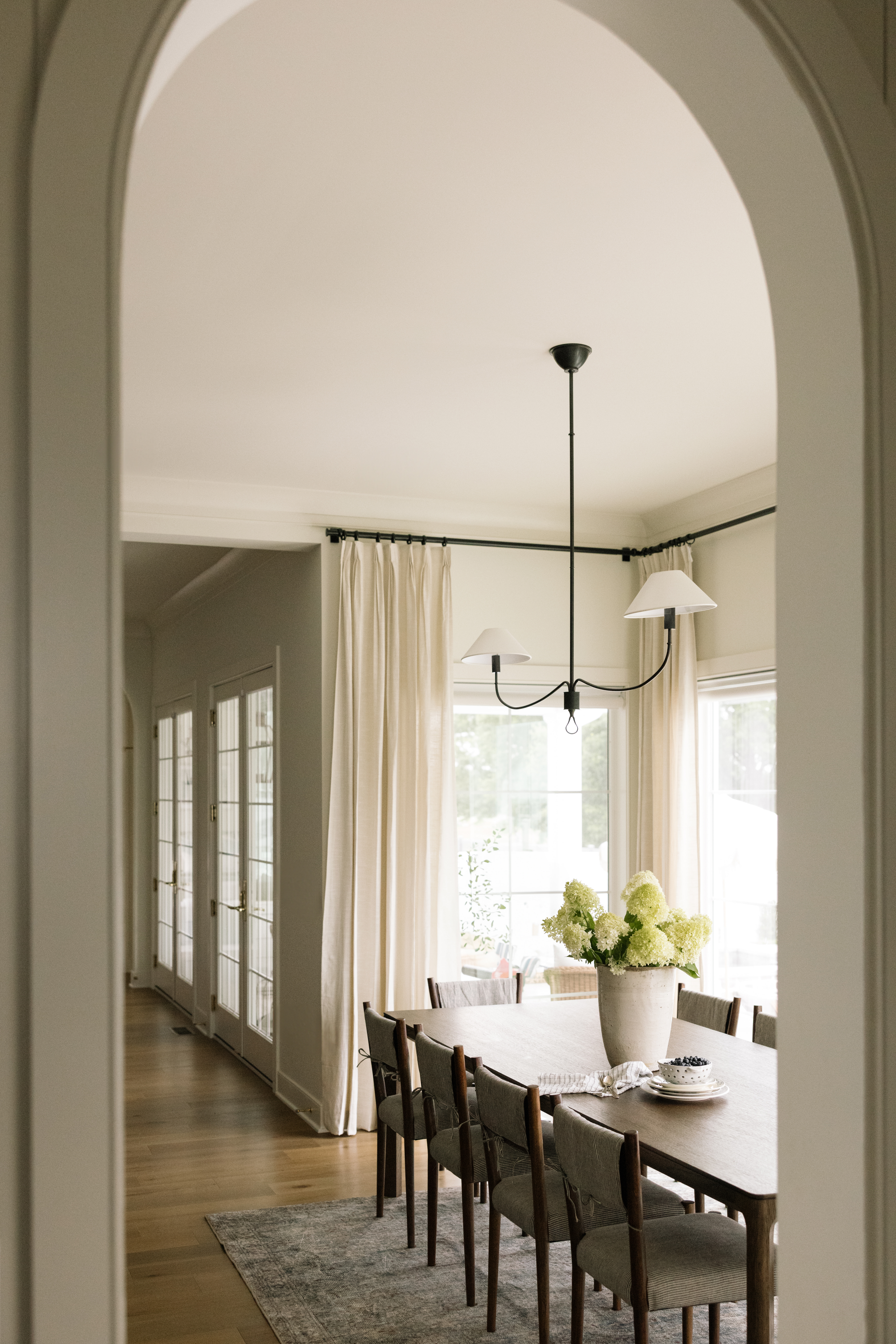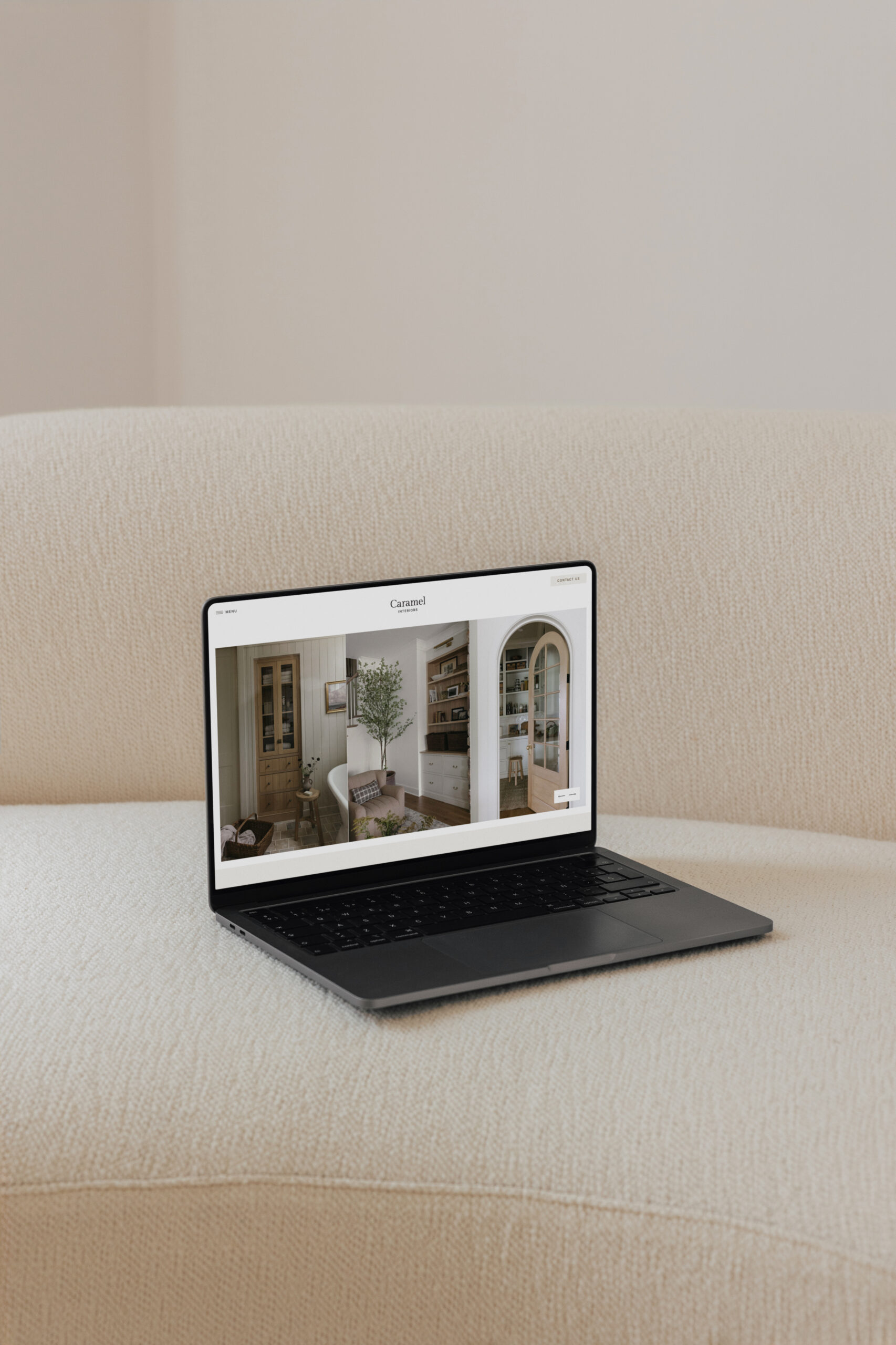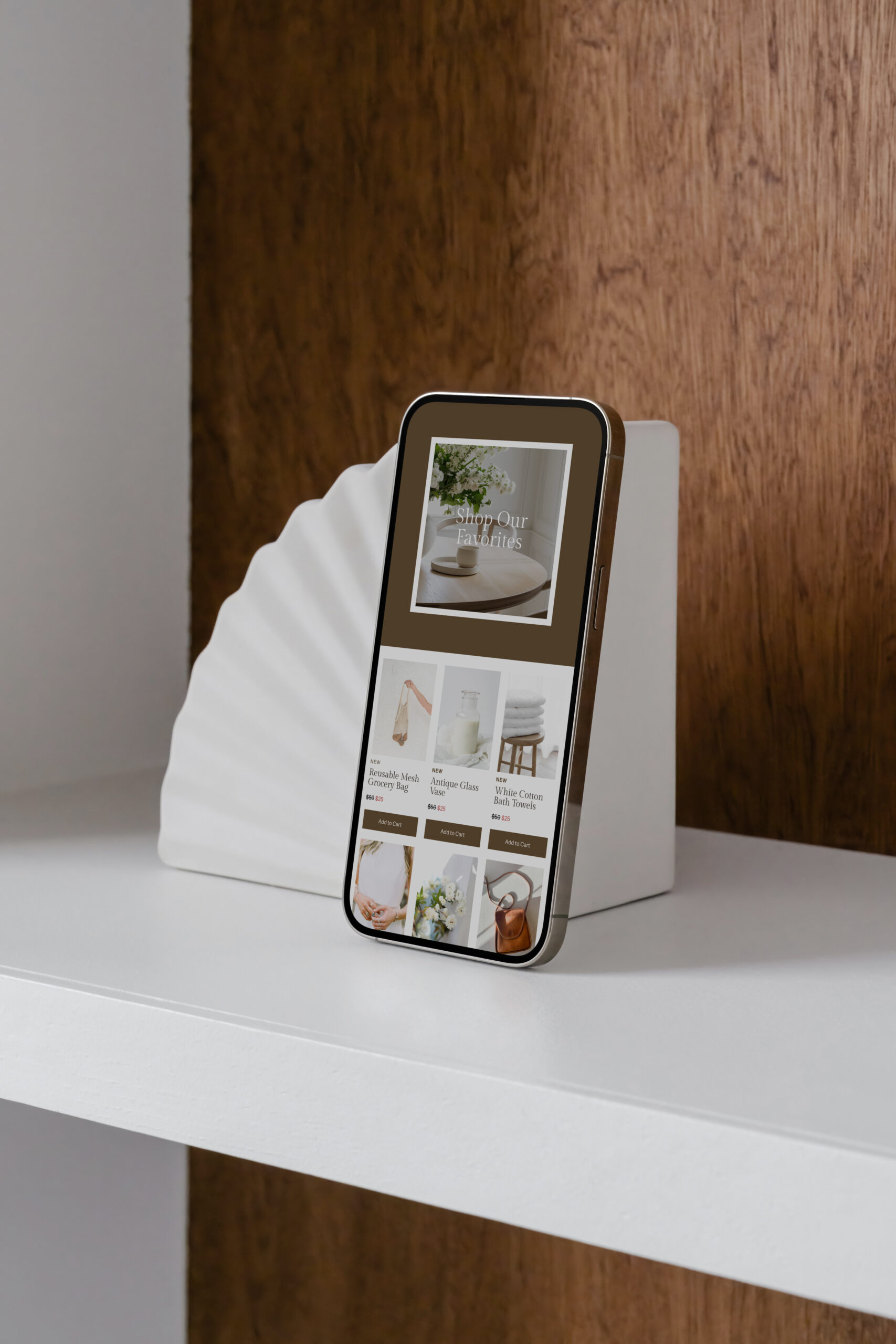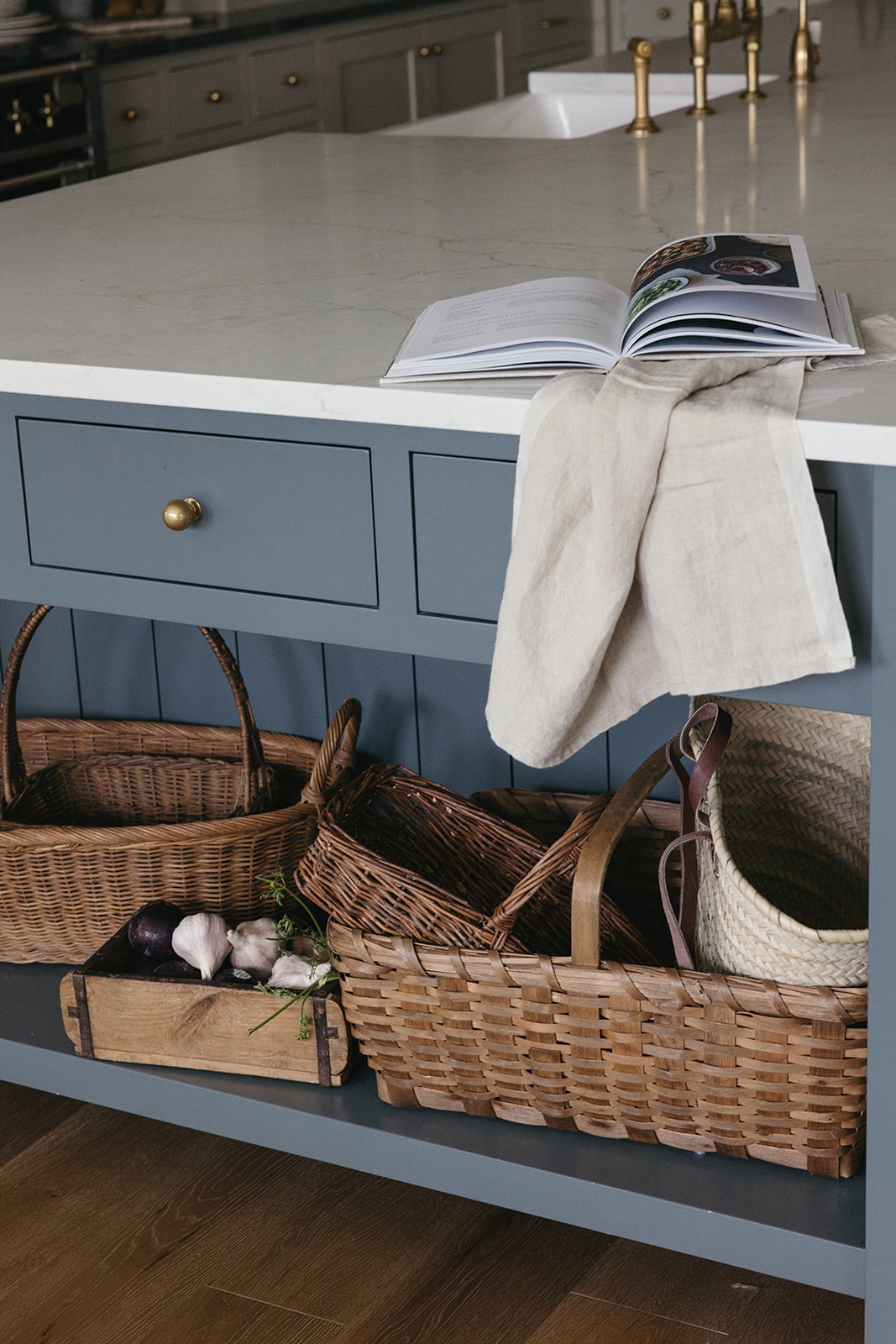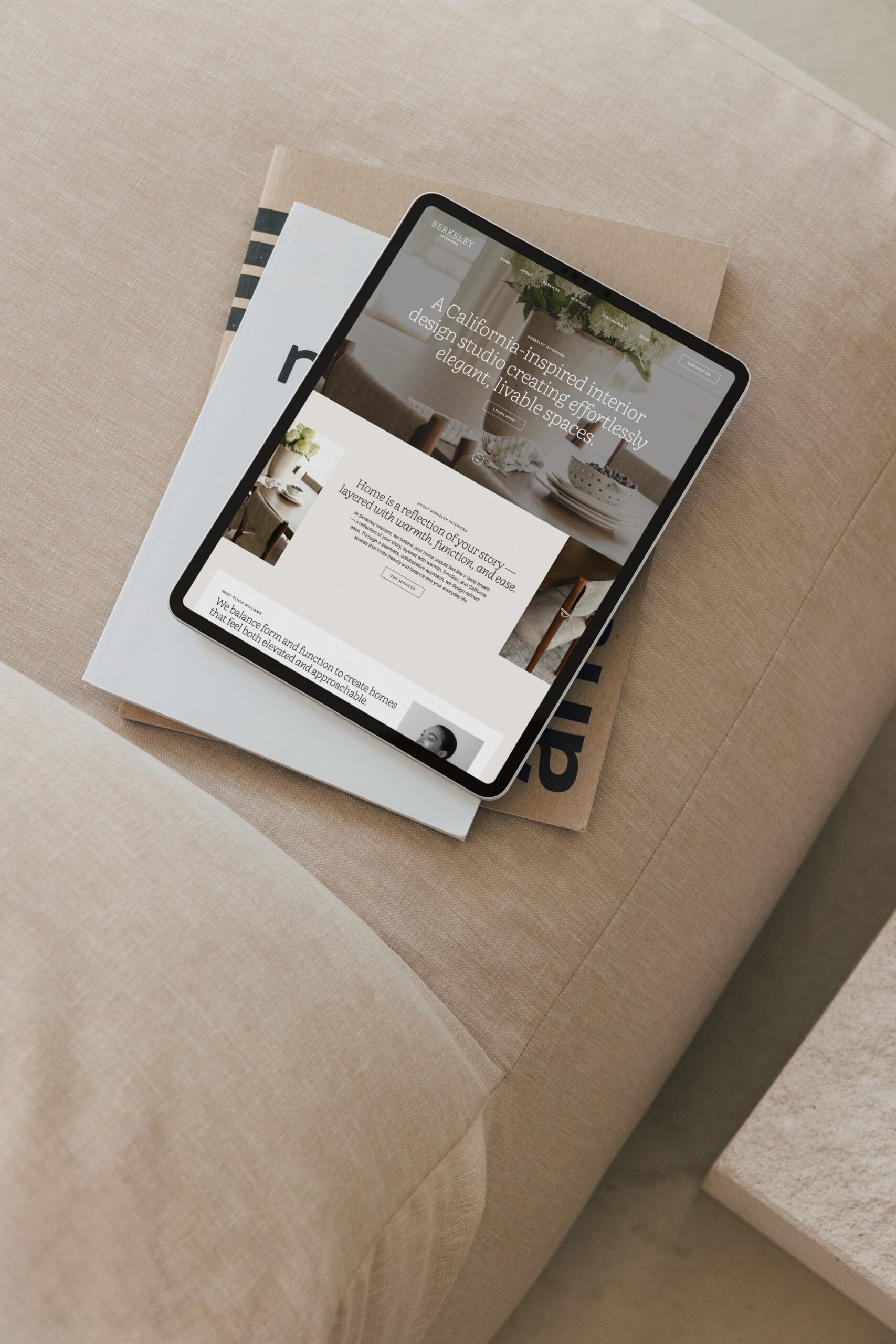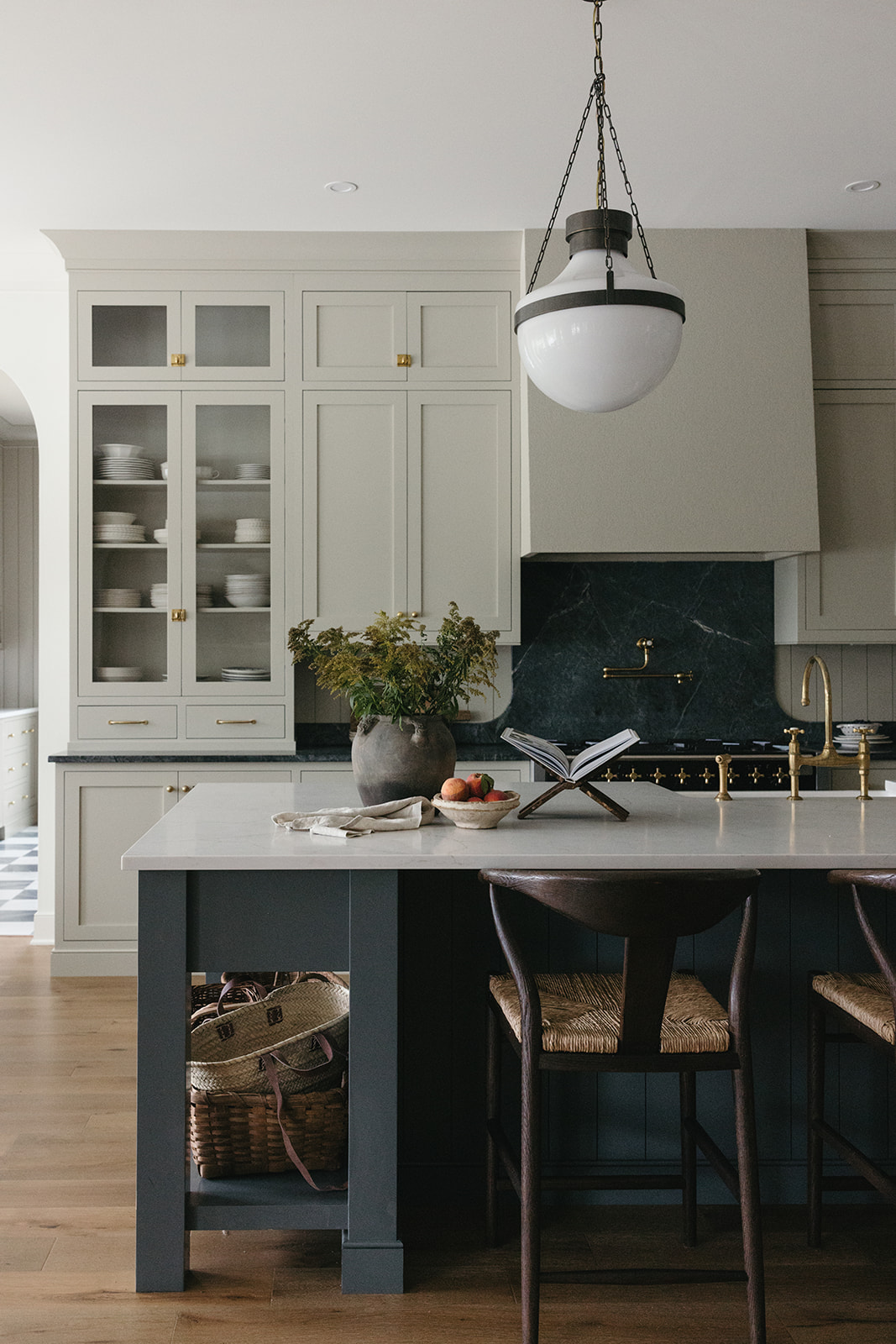Website Portfolio Tips: How to Showcase Your Interior Design Work for Maximum Impact
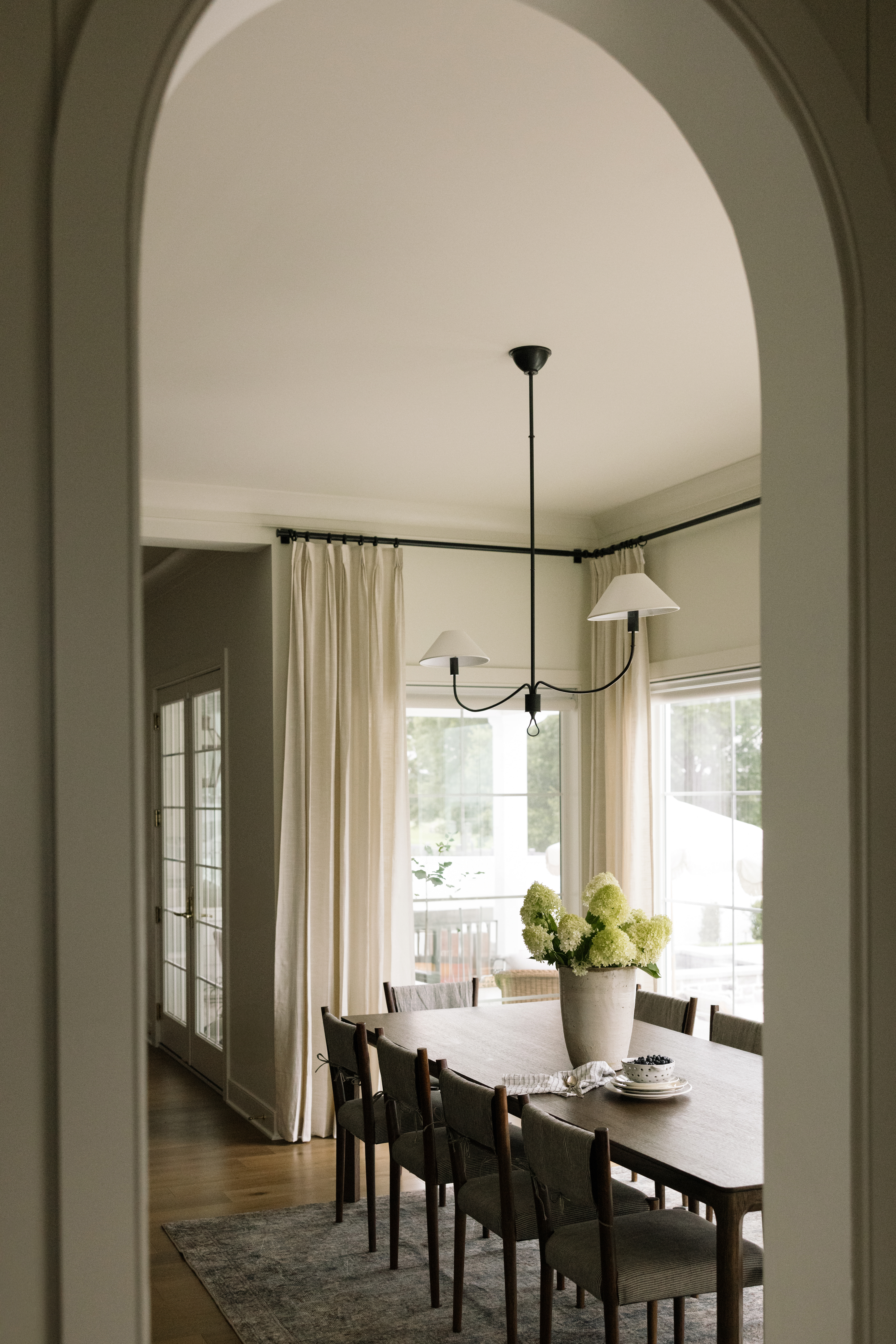
Your portfolio is one of the most powerful tools in your interior design business. It’s the place where potential clients can see your style, understand your expertise, and envision what it would be like to work with you. A well-organized, thoughtfully curated portfolio can be the difference between someone admiring your work and someone reaching out to book your services.
If you’re ready to elevate your website portfolio and showcase your interior design work in a way that attracts your ideal clients, here are a few simple but effective strategies to keep in mind.
Choose Quality Over Quantity
It can be tempting to include every project you’ve ever worked on, but a strong portfolio is about curation. Instead of showcasing every project, focus on a selection of your best work—pieces that reflect your signature style and the types of projects you want to attract more of.
If you specialize in modern, minimalist interiors, lead with projects that highlight that aesthetic. If you love working on full-service renovations, make sure those projects take center stage. Your portfolio should be a reflection of the work you want to be known for.
Organize Your Portfolio with Intention
A well-structured portfolio makes it easy for potential clients to navigate and engage with your work. Consider organizing your portfolio in a way that highlights your expertise and makes browsing effortless.
Some options to consider:
- By project type (Residential, commercial, hospitality)
- By style (Modern, traditional, eclectic)
- By service (Full-service design, virtual design, styling)
Grouping projects in a thoughtful way helps visitors quickly find examples that align with what they’re looking for and reinforces your expertise in those areas.
Use Large, High-Quality Images
Interior design is highly visual, and your portfolio should reflect that. High-resolution, professionally shot images will help your work shine. Aim for large, full-width images that showcase the details of each space—the textures, lighting, and overall atmosphere.
If possible, invest in professional photography for your projects. Well-lit, beautifully composed images make a significant difference in how your work is perceived and can instantly elevate the overall look of your website.
Tell the Story Behind Each Project
While photos are the heart of your portfolio, adding context can make your work even more compelling. Briefly describe each project, sharing the design goals, challenges you overcame, and the inspiration behind the space.
Consider including details like:
- The client’s vision and how you brought it to life,
- Any unique design elements or standout features, and
- How you approached the layout, materials, and color palette.
These descriptions give potential clients insight into your process and help them connect with your work on a deeper level.
Incorporate Client Testimonials
Nothing builds trust like social proof. If a client has shared positive feedback about a project, feature their testimonial alongside the photos. Hearing about the experience from a past client can reassure potential clients that they’re in good hands and encourage them to take the next step.
A short, heartfelt testimonial paired with a stunning image can be incredibly persuasive. If you don’t have testimonials yet, consider reaching out to past clients and asking if they’d be willing to share a few words about their experience.
Make It Easy to Inquire
Once a potential client is drawn in by your portfolio, the next step should feel effortless. Include clear calls to action throughout your portfolio pages, making it easy for visitors to reach out and learn more about working with you.
Some simple ways to do this:
- Add a “Work With Me” button beneath each portfolio project.
- Include a short, friendly invitation to inquire at the end of each page.
- Link to your contact page from your portfolio navigation.
The goal is to guide visitors seamlessly from admiration to action, making it easy for them to take the next step toward working with you.
Keep Your Portfolio Fresh
Your best work is always evolving, and your portfolio should evolve with it. Regularly update your portfolio with recent projects and remove older work that no longer represents your current style or expertise.
Setting a reminder to review and refresh your portfolio every few months ensures that it stays current and continues to attract the right clients. Even small updates—like adding new testimonials or swapping out images—can make a big difference in keeping your portfolio polished and engaging.
Creating a Portfolio That Converts
Your portfolio is more than just a collection of images—it’s an invitation for potential clients to step into your world, experience your creativity, and imagine their own spaces transformed by your design expertise.
By curating your best work, organizing it with intention, using high-quality imagery, and weaving in thoughtful details, you create a portfolio that doesn’t just showcase your work but truly speaks to the clients you want to attract.
Take the time to refine and elevate your portfolio, and you’ll have a powerful tool that helps you connect with your dream clients and grow your interior design business with confidence.
Elevated Marketing Templates for Interior Designers
Your interior design business deserves a brand and marketing strategy as polished and intentional as the spaces you create. At Coastal Template Co, we offer done-for-you Showit website templates, Flodesk newsletter templates, and Canva Instagram templates — designed to help you showcase your work beautifully, connect with your ideal clients, and market your interior design business with ease. Explore our collection of relaxed yet refined marketing templates for interior designers and create a seamless, sophisticated online presence that elevates your brand.
At Coastal Template Co, we believe your business deserves to shine online — without the overwhelm.
Backed by over 10 years of design expertise and a deep understanding of the interior design industry, we craft easy-to-customize templates that combine style and strategy.
Chosen by more than 3,000 interior designers, our templates help you showcase your work beautifully and market your business with confidence.
About Coastal Template Co.
Rooted in simplicity and style, each template is designed to reflect the elevated, polished look your business deserves.
Timeless, elevated design.
No code, no overwhelm. Just easy-to-use templates with drag-and-drop features to help you customize and launch confidently.
Simple, stress-free customization.
Every template is thoughtfully created just for interior designers — with layouts, features, and visuals that feel like home.
Designed for interior designers.
